With funding of EUROfusion, FuseNet provides individual support to enable Master students to go on an internship abroad. In this article, we take a look at the experience of three students who visited IPP for their summer internship. By enabling exchanges to - in this case - the Max-Planck-Institute in Greifswald, we intend to stimulate the quality of education.
IPP is of course most known for the construction of the world's largest stellarator, Wendelstein 7-X. At IPP, more internships for students will likely become available as the first plasma of Wendelstein 7-X (planned in Nov/Dec 2015) is getting near.
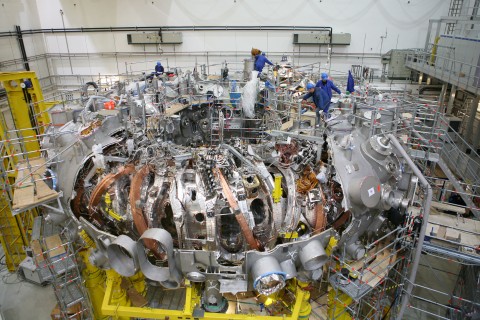
Wendelstein 7-X
Students appreciated the welcoming and open environment of the institute, that allowed them to make friends en establish useful connections in a short time. David Méndez is one of these students and says: 'I had an excellent relation with my supervisor and apart from that I found that everyone there was willing to meet new people'. During his internship he was concerned with the pre- and post-processing of thermal and mechanical analyses of the plasma facing components (PFC) inside the plasma vessel. Thermal deformations of these components result in changes of gaps and steps between adjacent components, which must be controlled. For that purpose, he studied finite element models and developed a post-processing script which extracted relevant deformation from each model.
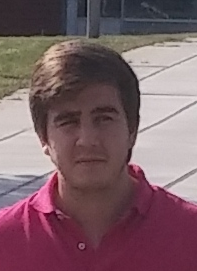
David Méndez
Selwyn Cats really appreciated the fact he was able to work independently and got a lot of freedom during his internship. He analysed data from the Large Helical Device (LHD) to study the influence of pellet injections in order to improve the efficiency of pellet fuelling. More specifically, he observed the Balmer Alpha light emitted by the pellets to compare the penetration depth of subsequent pellets.
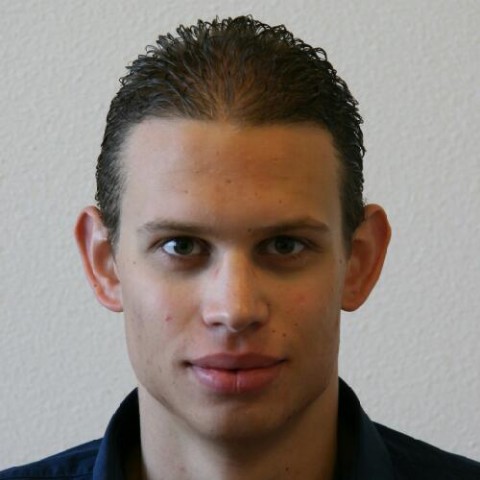
Selwyn Cats
The project of Gijs Akkermans was based on the problem that some of the microwaves used for Electron Cyclotron Resonance Heating are not absorbed by the plasma but are in fact scattered across the vessel. These microwaves can be absorbed by all in-vessel components, even those that are in principle not expected or designed to withstand any heat loads. In order to protect these components, an accurate idea of the intensity of these stray microwaves is needed. Gijs designed and optimized an experiment in which the reflectivity to stray microwaves can be measured. Apart from the fact that his internship was educational, Gijs also tells us that 'it is a nice bonus that the institute is located in a beautiful environment, which made for some nice hikes. Greifswald is a nice place to be, and my time there was productive, fun, and 'gemütlich'!'
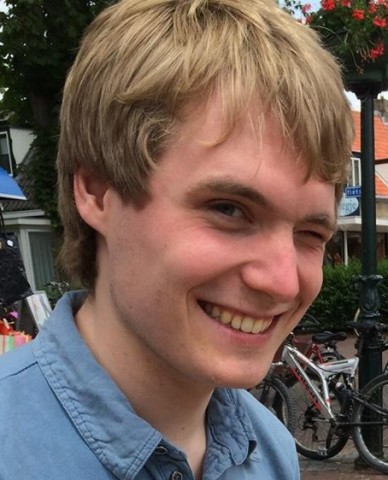
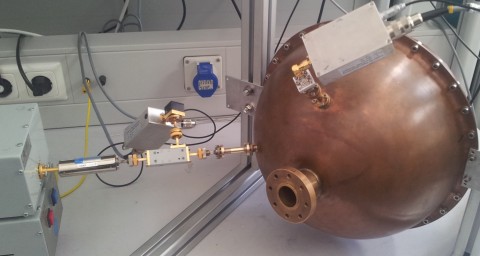
Gijs Akkermans Experiment to measure the reflectivity of stray microwaves
For more information about their internships, please read the student's own stories by clicking one of the following links:
